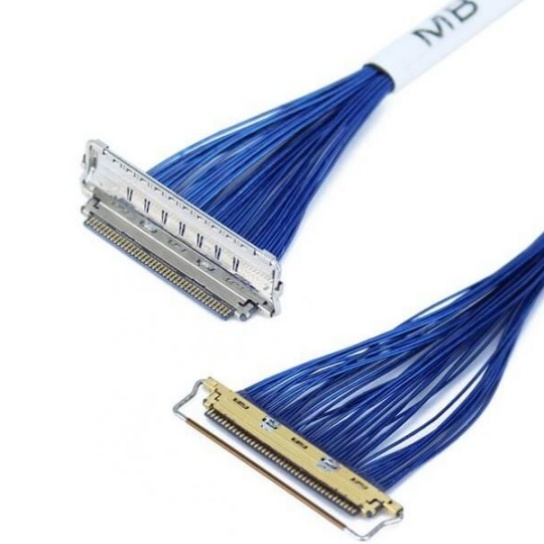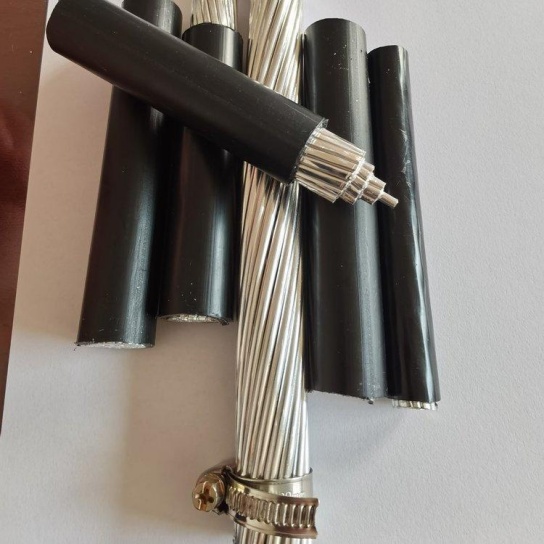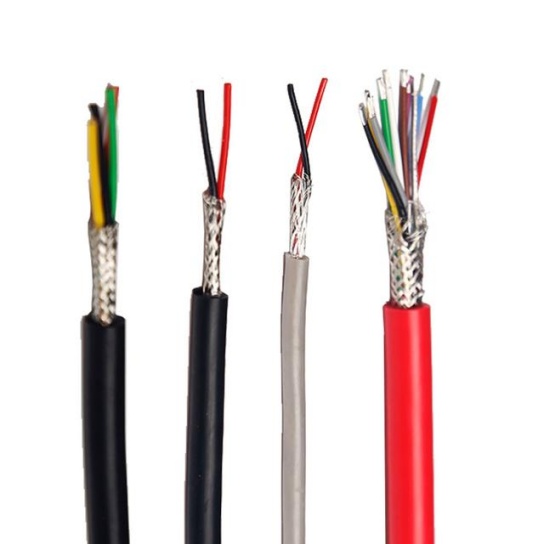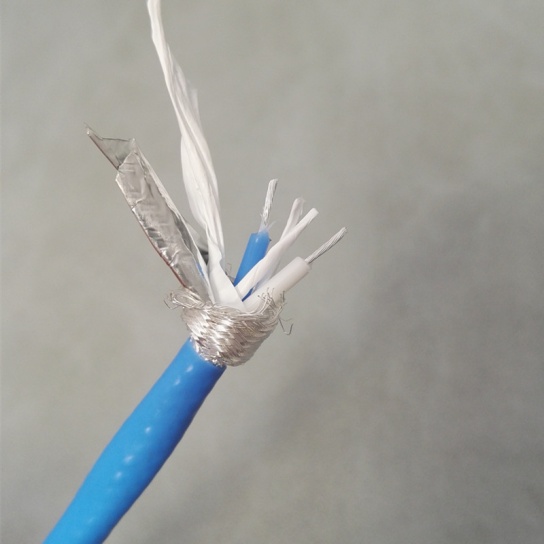Aircraft Cable Assemblies: Innovations in Insulation Materials?
In the high-stakes world of aviation, every component plays a pivotal role in ensuring safety, reliability, and efficiency—and Aircraft Cable Assemblies are no exception. These assemblies serve as the “nervous system” of aircraft, transmitting critical electrical signals between avionics, engines, control systems, and cabin infrastructure. From commercial airliners cruising at 35,000 feet to military jets performing high-G maneuvers, Aircraft Cable Assemblies must withstand extreme conditions: fluctuating temperatures (from -60°C at high altitudes to 200°C near engine bays), exposure to hydraulic fluids, jet fuel, and harsh chemicals, plus constant vibration and mechanical stress. Among all the elements that define a high-performance Aircraft Cable Assembly, insulation materials stand out as a make-or-break factor. Outdated insulation can lead to signal interference, short circuits, or even catastrophic system failures—making innovations in insulation technology not just a competitive advantage, but a non-negotiable requirement for modern aviation.
The Limitations of Traditional Insulation Materials for Aircraft Cable Assemblies
For decades, Aircraft Cable Assemblies relied on a handful of conventional insulation materials, each with significant drawbacks that struggled to keep up with the evolving demands of aviation.
- Polyvinyl Chloride (PVC): Once common in low-stress aircraft zones, PVC insulation melts at temperatures above 80°C—rendering it useless near engines or auxiliary power units (APUs). It also releases toxic fumes when burned, violating modern aviation safety standards for fire resistance.
- Neoprene Rubber: While more flexible than PVC, neoprene degrades quickly when exposed to jet fuel or hydraulic oil. Its limited temperature range (-40°C to 100°C) also fails to meet the needs of high-altitude or high-heat aircraft systems.
- Standard Polyethylene (PE): PE offers good electrical insulation but lacks mechanical strength; it cracks under vibration or extreme cold, leading to premature failure of Aircraft Cable Assemblies.
As aircraft design advanced—with lighter frames, more powerful engines, and the rise of electric and hybrid-electric aircraft—these traditional materials became a bottleneck. The industry needed insulation solutions that could balance four core priorities: high-temperature resistance, chemical durability, lightweight construction, and enhanced electrical performance.
Game-Changing Innovations in Insulation Materials for Aircraft Cable Assemblies
Today, manufacturers are revolutionizing Aircraft Cable Assemblies through three key insulation material innovations. These technologies not only address the flaws of traditional options but also unlock new possibilities for aircraft efficiency and safety.
1. Fluoropolymer Insulation: The Gold Standard for Extreme Environments
Fluoropolymers—including Polytetrafluoroethylene (PTFE), Fluorinated Ethylene Propylene (FEP), and Perfluoroalkoxy Alkane (PFA)—have become the go-to insulation for high-performance Aircraft Cable Assemblies. Here’s why:
- Temperature Tolerance: PTFE can withstand continuous use at temperatures up to 260°C (500°F) and short-term exposure to 300°C, making it ideal for engine bays, APU compartments, and other high-heat zones. FEP and PFA offer similar heat resistance (up to 200°C) with added flexibility, perfect for tight spaces like wing wiring harnesses.
- Chemical Immunity: Unlike neoprene or PVC, fluoropolymers are impervious to jet fuel, hydraulic fluids, lubricants, and even strong acids. This means Aircraft Cable Assemblies with fluoropolymer insulation require less frequent maintenance and have a longer service life—critical for reducing aircraft downtime.
- Electrical Stability: Fluoropolymers have low dielectric constant and loss tangent, ensuring minimal signal interference. For avionics systems (e.g., radar, navigation, or in-flight entertainment), this translates to clearer data transmission and fewer system glitches.
A major commercial airline recently retrofitted its fleet with PFA-insulated Aircraft Cable Assemblies in engine compartments. The result? A 40% reduction in wiring-related maintenance issues and a 15% extension in the service interval for engine wiring harnesses.
2. Cross-Linked Polyethylene (XLPE): Lightweight Strength for Fuel Efficiency
As airlines and manufacturers prioritize fuel efficiency, lightweight Aircraft Cable Assemblies have become a top priority. Cross-linked polyethylene (XLPE) insulation addresses this need without compromising performance:
- Weight Reduction: XLPE is 20-30% lighter than traditional rubber or PVC insulation. For a large commercial airliner, switching to XLPE-insulated Aircraft Cable Assemblies can reduce overall aircraft weight by 50-100 pounds—translating to lower fuel consumption and annual cost savings of up to $100,000 per aircraft.
- Mechanical Durability: Through a “cross-linking” process (using heat, radiation, or chemicals), XLPE molecules form strong bonds that resist cracking, abrasion, and vibration. This makes it ideal for fuselage wiring, where cables are exposed to constant movement during flight.
- Low-Temperature Performance: XLPE remains flexible at temperatures as low as -50°C, outperforming standard PE in high-altitude conditions. It also resists water absorption, preventing corrosion of the cable’s conductive core.
Electric aircraft (eVTOLs and hybrid jets) are particularly benefiting from XLPE insulation. A leading eVTOL manufacturer uses XLPE-insulated Aircraft Cable Assemblies in its battery systems, where the material’s lightweight design and high dielectric strength (to handle high-voltage currents) are essential for extending flight range.
3. Silicone Rubber Composites: Versatility for Extreme Temperature Cycles
For Aircraft Cable Assemblies that operate in both extreme cold and heat—such as those in wing leading edges, landing gear, or cabin climate control systems—silicone rubber composites are a game-changer. These materials combine silicone rubber with reinforcing fillers (e.g., glass fibers, ceramic particles) to deliver:
- Broad Temperature Range: Silicone rubber composites function reliably from -60°C to 200°C, making them suitable for aircraft that fly through polar regions or hot desert climates.
- Flexibility and Moldability: Unlike rigid fluoropolymers, silicone rubber can be molded into complex shapes, fitting into tight spaces (e.g., between avionics circuit boards or inside landing gear bays) without compromising insulation.
- Fire Resistance: Modern silicone composites meet strict aviation fire standards (e.g., FAA’s FAR 25.853), self-extinguishing when exposed to flames and releasing minimal smoke—critical for passenger safety in emergency situations.
A military aircraft manufacturer recently adopted silicone rubber composite insulation for its cockpit wiring. The material’s ability to withstand rapid temperature changes (from ground-level heat to high-altitude cold) and resist damage from sand and dust has improved the aircraft’s reliability in desert combat zones.
How Insulation Innovations Elevate the Value of Aircraft Cable Assemblies
The shift to advanced insulation materials isn’t just about fixing old problems—it’s about redefining what Aircraft Cable Assemblies can do. These innovations deliver tangible benefits to airlines, manufacturers, and maintenance teams:
- Longer Service Life: Advanced insulation materials extend the lifespan of Aircraft Cable Assemblies from 5-7 years to 10-15 years, reducing replacement costs and downtime.
- Enhanced Safety: Fire-resistant, chemical-resistant insulation minimizes the risk of wiring-related fires or system failures—protecting passengers, crew, and aircraft.
- Adaptability to New Technologies: As aviation moves toward electrification, autonomous flight, and more powerful avionics, insulation materials like XLPE and fluoropolymers can handle higher voltages, faster data speeds, and more demanding operating conditions.
Choose FRS: Your Trusted Partner for Innovative Aircraft Cable Assemblies
When it comes to Aircraft Cable Assemblies that leverage the latest insulation material innovations, FRS stands out as a leading manufacturer. For over a decade, FRS has focused on integrating cutting-edge insulation technologies into every cable assembly we produce—ensuring our products meet the most rigorous aviation standards (FAA TSO, EASA CS, and MIL-DTL specifications).
At FRS, we don’t just use advanced insulation materials—we optimize them for your unique needs. Our team of aerospace engineers works closely with customers to select the right insulation (PTFE for engine zones, XLPE for lightweight efficiency, silicone composites for extreme temperatures) and design custom Aircraft Cable Assemblies that fit your aircraft’s exact specifications. We also maintain strict quality control: every FRS Aircraft Cable Assembly undergoes rigorous testing (temperature cycling, chemical exposure, voltage withstand, and vibration resistance) to ensure reliability in even the harshest conditions.
Whether you’re building commercial airliners, military jets, or electric eVTOLs, FRS’s Aircraft Cable Assemblies deliver the performance, durability, and efficiency you need. Our state-of-the-art manufacturing facilities use automated extrusion and testing equipment to produce consistent, high-quality assemblies—with fast lead times to keep your production on schedule.
Don’t settle for outdated Aircraft Cable Assemblies that rely on obsolete insulation. Partner with FRS to get cable assemblies that leverage the latest insulation innovations, backed by a team committed to aviation safety and excellence.






